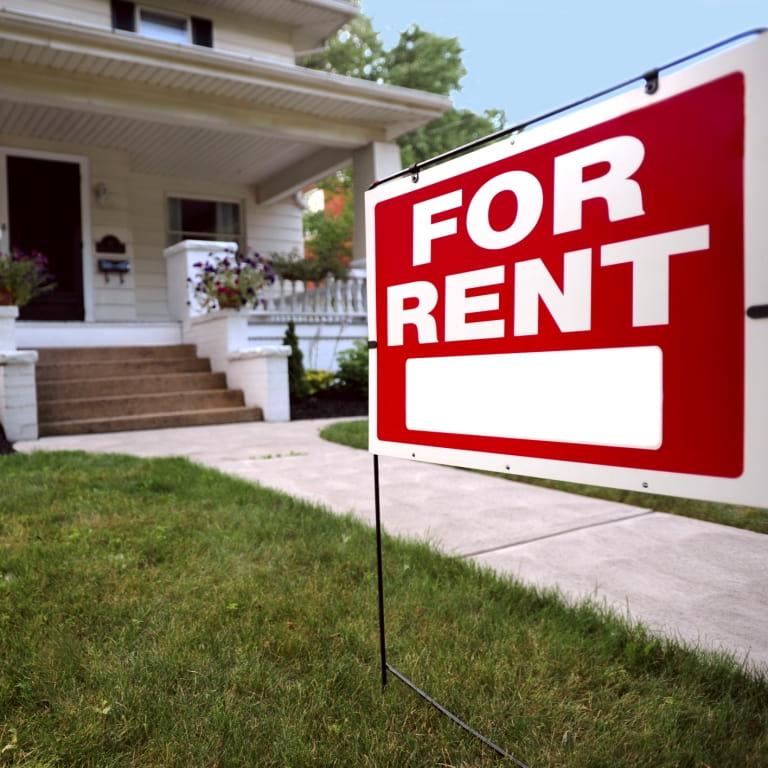In a world where housing costs are steadily on the rise, the Section 8 Housing Choice Voucher Program stands as a beacon of hope for low-income individuals and families. This program, administered by the U.S. Department of Housing and Urban Development (HUD), provides rental assistance to eligible individuals, allowing them to access safe and affordable housing in the private rental market. In this article, we will delve into the Section 8 house for rent program and its impact on breaking barriers to affordable living.
Affordability
One of the most significant advantages of Section 8 housing is its ability to provide affordable living options to those who might otherwise struggle to afford decent housing. Participants typically pay 30% of their income towards rent, with the voucher covering the remainder. This ensures that housing costs remain manageable, even for those with limited financial resources.
Freedom of Choice
Unlike traditional public housing, which often comes with limited options and long waiting lists, Section 8 participants have the flexibility to choose their housing from the private rental market. This freedom allows them to select homes that best suit their needs, whether it be location, size, or amenities.
Quality and Safety
The Section 8 program mandates that landlords meet certain housing quality standards to ensure that participants live in safe and habitable conditions. Regular inspections are conducted to verify that these standards are met, offering tenants peace of mind about the quality of their housing.
Insufficient Funding
One of the most pressing challenges facing the Section 8 program is the insufficient funding allocated to it. High demand for housing vouchers often results in long waiting lists, leaving many in precarious living situations. Increased funding and resources are essential to reducing these wait times and providing more individuals with access to affordable housing.
Landlord Participation
Another hurdle is the reluctance of some landlords to accept Section 8 vouchers. This can limit the housing options available to program participants and further exacerbate the affordable housing crisis. Encouraging more landlords to participate by offering incentives and streamlining administrative processes is crucial to expanding the program's reach.
Conclusion
The Section 8 Housing Choice Voucher Program plays a vital role in breaking barriers to affordable living for low-income individuals and families. By providing financial assistance, offering freedom of choice, and maintaining housing quality standards, it empowers participants to access safe and decent housing.
Nevertheless, addressing challenges such as funding shortages and landlord participation is crucial to ensuring the program's continued success in bridging the gap between housing costs and affordability. Affordable housing is not just a fundamental right; it is a cornerstone of a stable and thriving society, and Section 8 is a critical tool in making it accessible to all.


